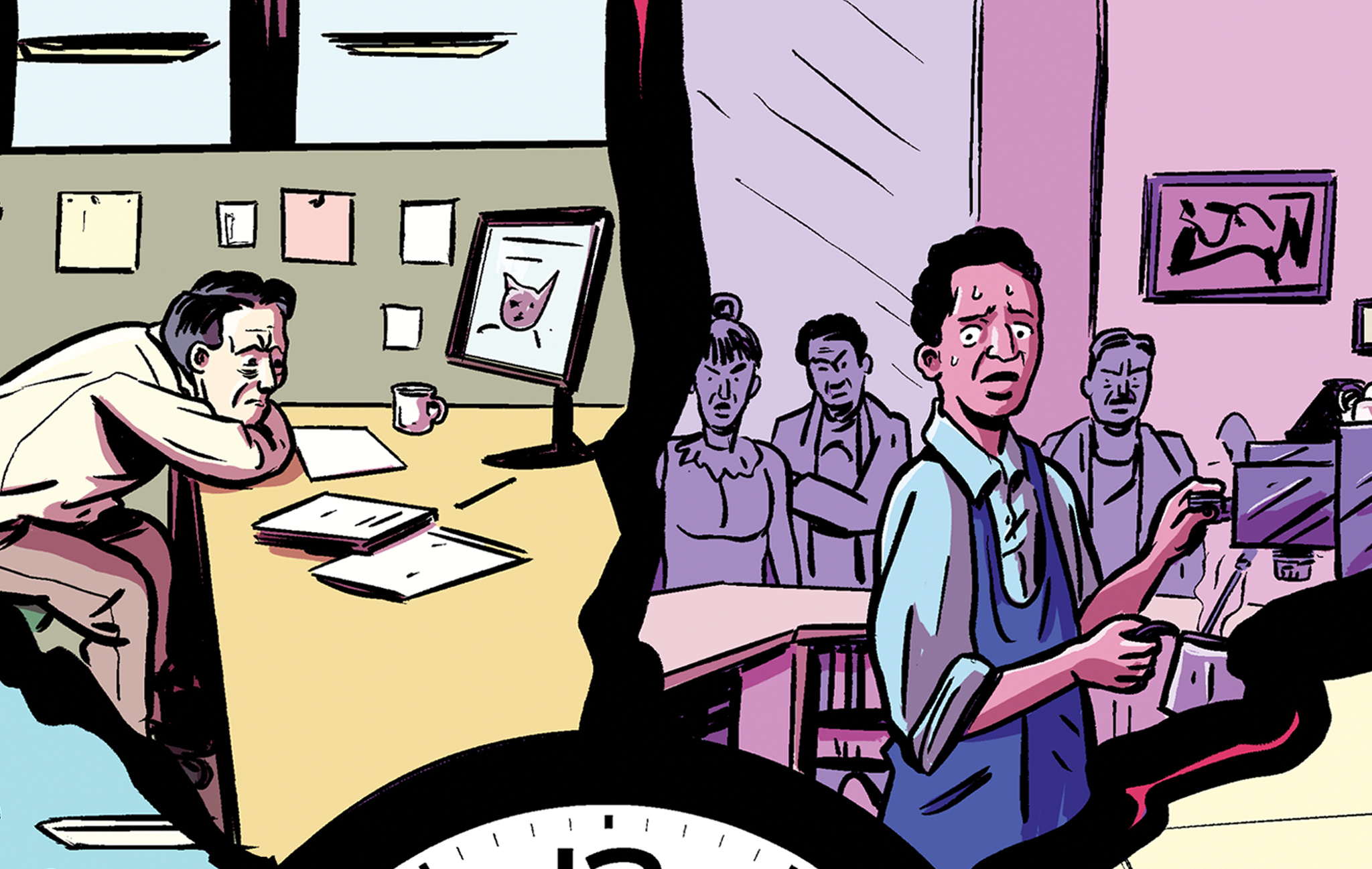Side hustles have become a common practice among many American workers in recent years. With the economy becoming increasingly uncertain, more people are looking for ways to supplement their income or pursue their passions outside of their primary jobs. According to a recent LinkedIn Workforce Confidence survey, 31% of U.S. employees have a side hustle or gig on the side.
While side hustles can be found across various industries, certain professions are more likely to embrace them. The survey found that business development professionals are the most likely to report having a side hustle. Other fields with a high likelihood of workers holding down a side job include arts and design, media and communications, education, and marketing. On the other hand, quality assurance professionals were found to be the least likely to have a side hustle, followed by product managers and engineers.
The increasing cost of living is a major factor driving workers to seek extra income through side hustles. A study commissioned by Herbalife found that 40% of Americans have a side hustle, with 48% of those starting it to make ends meet. Herbalife’s vice president and general manager for North America, Humbi Calleja, noted that many people are turning to side gigs to ease their financial strain caused by rising living costs.
However, financial strain is not the only motivator for taking on a side hustle. For some, it provides an opportunity to work on passion projects or develop new skills. The ability to work remotely or on a hybrid schedule has made it easier for people to manage additional work on the side. Side hustles can also be valuable for professional growth, allowing workers to build new competencies and expand their professional networks, potentially leading to better career opportunities in the future.
For some individuals, a side hustle may even evolve into a full-time career. Whether it involves creating content, starting a consulting business, or driving for a rideshare app, these additional streams of income can provide financial stability and greater career flexibility. Side hustles can also help combat social isolation, especially for those working remotely. Opportunities like driving for rideshare companies, pet sitting, or tutoring can offer social interaction and help workers feel more connected.
As living costs rise and workplaces evolve, side hustles are becoming a key part of the modern workforce. Whether it’s to cover expenses, develop new skills, or explore a passion, more Americans are embracing the flexibility and opportunity that side gigs offer. Side hustles are not just about making extra money; they can also be a means of personal and professional growth in today’s ever-changing work landscape.



















